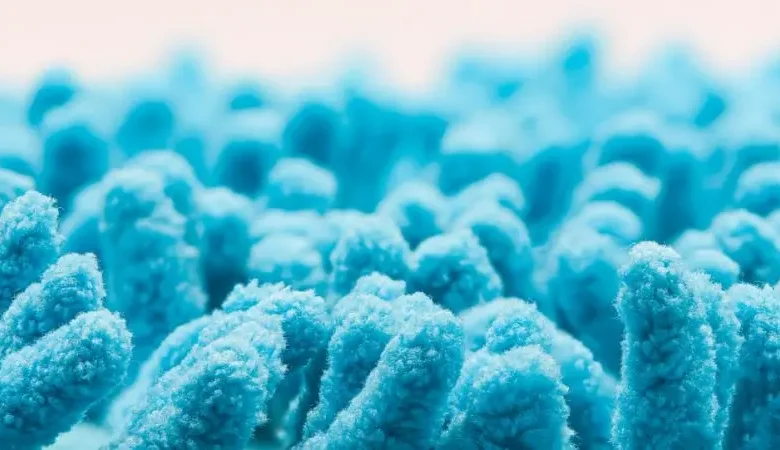Japan sees record spike in infections due to tissue-damaging bacteria

Japan is reporting a record spike in infections caused by a rare and deadly tissue-damaging bacteria.
According to Japan’s National Institute of Infectious Diseases, cases of streptococcal toxic shock syndrome — or STSS — hit 977 on June 2. That is significantly higher than the record 941 cases reported for all of last year.
“Streptococcal toxic shock syndrome is a highly fatal infectious disease characterized by rapid and dramatic disease progression,” NIID wrote in a risk assessment earlier this year.
A total of 77 people in Japan died from the infection during the first three months of this year. Last year, Japan’s NIID reported 97 deaths due to STSS, which was the second-highest number of fatalities in the past six years.
“Even with treatment, STSS can be deadly. Out of 10 people with STSS, as many as three people will die from the infection,” according to the U.S. Centers for Disease Control and Prevention.
“At the current rate of infections, the number of cases in Japan could reach 2,500 this year, with a mortality rate of 30%,” said Ken Kikuchi, a professor of infectious diseases at Tokyo Women’s Medical University.
“Most of the deaths happen within 48 hours,” Kikuchi added. “As soon as a patient notices swelling in their foot in the morning, it can expand to the knee by noon and they can die within 48 hours.”
STSS symptoms start as a fever, muscle pain and vomiting, but as the bacterial infection spreads into deep tissues and the bloodstream the symptoms can become life-threatening with swelling, low blood pressure and organ failure.
Most cases are caused by the group A streptococcus bacteria, or GAS disease, which produces a sore throat and fever in children. Strep A can become invasive if the patient has other health factors that can prevent them from fighting infections. Strep A can also cause “flesh-eating” disease, which can lead to loss of limbs.
While medical experts have not been able to determine the exact reason for the infection spike, they say the bacteria began to spread after Japan relaxed COVID-era restrictions.
“We are not expecting pandemic-level infections,” Hitoshi Honda, a professor and an infectious disease expert at Fujita Health University’s School of Medicine in Aichi Prefecture, said in April. “It’s not the kind of infectious disease that would require travel restrictions — at all.”
To slow the spread, people are being urged to keep their hands washed and to treat any open wounds.
Japan is one of a number of countries that has seen recent outbreaks of group A streptococcus — or GAS disease — since the end of COVID-19 restrictions. At least five European countries reported an increase in invasive group A streptococcus to the World Health Organization in 2022.










